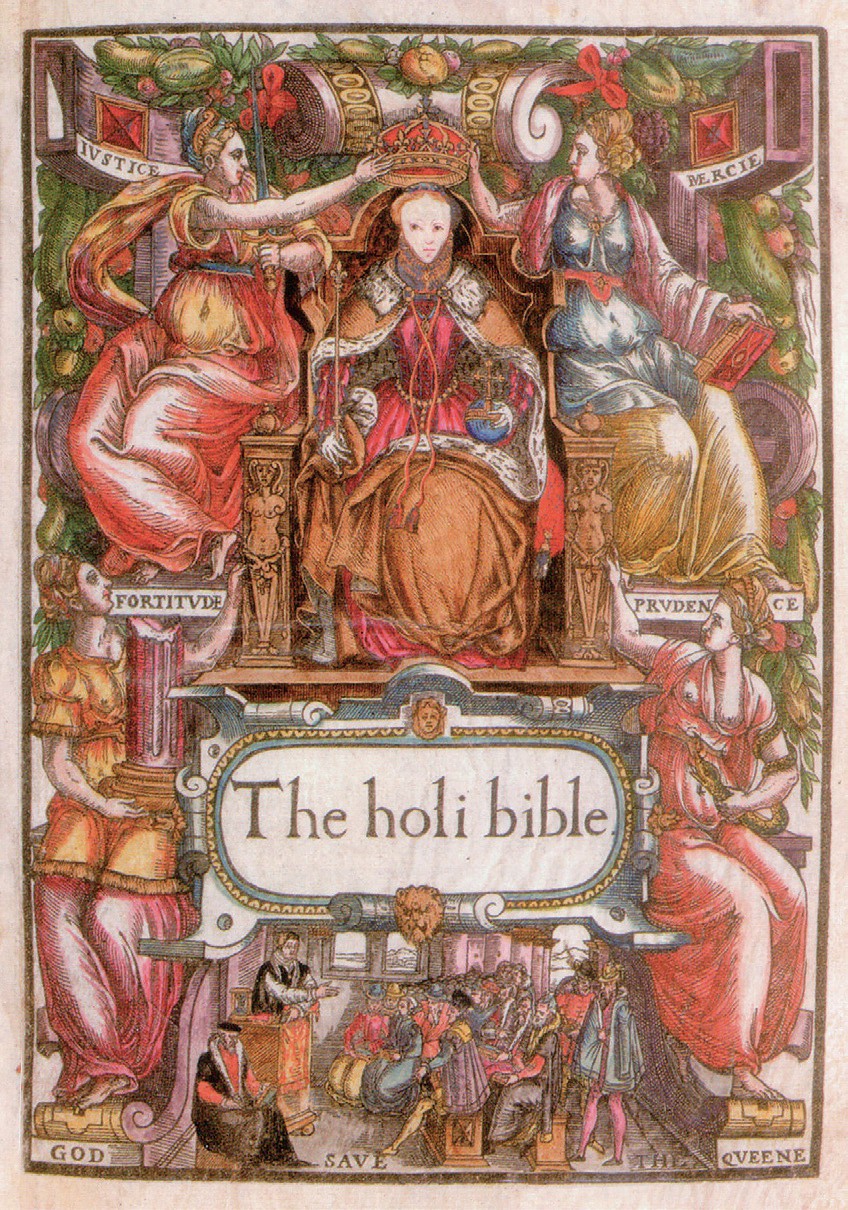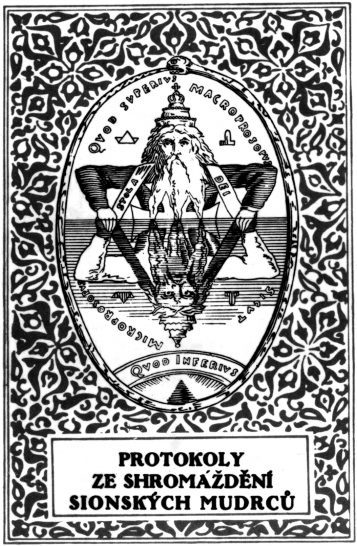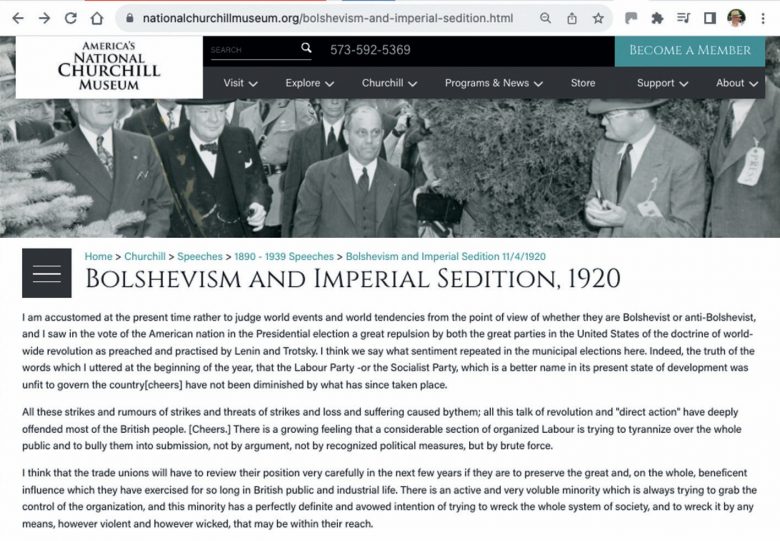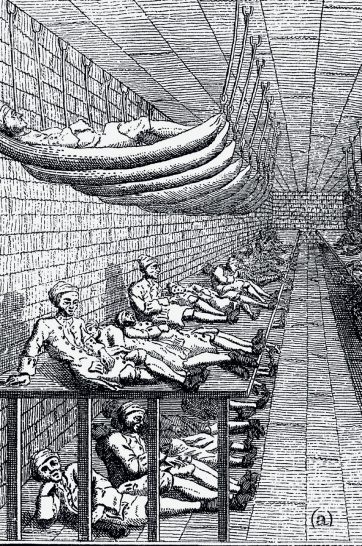
When Elizabeth I acceded to the throne of England at the age of 25, she ruled a country in the middle of a religious crisis brought about by her own family. Her father had begun the Reformation 30 years earlier, partly so he could marry Elizabeth’s mother, Anne Boleyn — amarriage that ended in Anne’s execution. Elizabeth’s younger brother accelerated the split from Rome, but her older sister tried to reverse it and return England to Catholicism, and was prepared to use force if necessary. Elizabeth, the new queen, healed the rift with a compromise religious settlement that aimed to satisfy as many people as possible.
Elizabeth’s private religious beliefs are a matter of debate, but it is clear that she considered herself a Protestant like her brother, Edward VI. However, she also kept a crucifix in her personal chapel and downplayed the importance of sermons in church services — both of which would be considered Catholic beliefs. Essentially, Elizabeth was a Protestant with some tolerance of Catholic traditions.
Your organisation does not have access to this article.
Sign up today to give your students the edge they need to achieve their best grades with subject expertise
Subscribe




